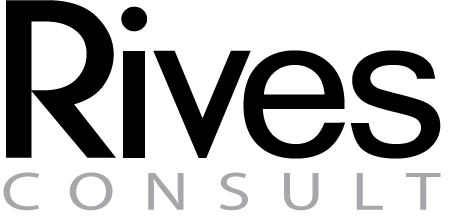Innovative Reimbursement Strategies for Success
- Rives

- 1 day ago
- 3 min read
In today’s complex healthcare and business environments, mastering reimbursement processes is essential for financial stability and growth. Organizations must adopt innovative and effective reimbursement strategies to navigate evolving regulations, payer requirements, and market dynamics. This article explores practical approaches to optimize reimbursement, ensuring timely payments and improved cash flow.
Understanding Effective Reimbursement Strategies
Effective reimbursement strategies are designed to maximize revenue while minimizing delays and denials. These strategies involve a combination of accurate coding, thorough documentation, payer-specific knowledge, and proactive claim management. By implementing these tactics, organizations can reduce administrative burdens and enhance financial performance.
Some key components of effective reimbursement strategies include:
Accurate and detailed documentation: Ensures claims are supported and reduces the risk of denials.
Regular training for staff: Keeps billing and coding teams updated on the latest regulations and payer policies.
Utilizing technology: Automated billing systems and analytics tools help identify trends and potential issues.
Engaging with payers: Building strong relationships with insurance companies can facilitate smoother claim processing.

What are the Different Reimbursement Methods?
Understanding the various reimbursement methods is crucial for tailoring strategies that fit specific organizational needs. Here are some common reimbursement methods used across industries:
Fee-for-Service (FFS)
This traditional method reimburses providers based on the quantity and type of services delivered. While straightforward, it can encourage overutilization and may not always align with quality outcomes.
Bundled Payments
Providers receive a single payment for all services related to a treatment or condition over a defined period. This method promotes cost efficiency and coordination but requires careful cost management.
Capitation
A fixed amount is paid per patient regardless of services used. This shifts financial risk to providers and incentivizes preventive care and efficient resource use.
Pay-for-Performance (P4P)
Reimbursement is tied to meeting specific quality and performance metrics. This encourages providers to improve care quality and patient outcomes.
Value-Based Reimbursement
Focuses on rewarding providers for delivering high-quality care while controlling costs. It combines elements of P4P and bundled payments and is increasingly popular in healthcare.
Each method has its advantages and challenges. Organizations should evaluate their patient population, service mix, and payer contracts to select the most suitable reimbursement approach.

Leveraging Technology to Enhance Reimbursement Processes
Technology plays a pivotal role in streamlining reimbursement workflows. Automated billing systems reduce human error and speed up claim submissions. Additionally, data analytics can identify patterns in denials and delays, enabling targeted interventions.
Some actionable recommendations include:
Implement Electronic Health Records (EHRs): Integrate billing with clinical documentation to ensure accuracy.
Use Claim Scrubbing Software: Detect errors before submission to reduce rejections.
Adopt Revenue Cycle Management (RCM) Tools: Monitor the entire billing process from patient registration to final payment.
Analyze Denial Data: Regularly review denial reasons to address systemic issues.
By embracing these technologies, organizations can improve efficiency, reduce administrative costs, and accelerate cash flow.
Training and Education: Building a Skilled Reimbursement Team
A knowledgeable team is the backbone of successful reimbursement. Continuous education ensures staff stay current with coding updates, payer policies, and regulatory changes.
Effective training programs should include:
Regular workshops and webinars: Covering new coding standards and compliance requirements.
Certification opportunities: Encourage staff to obtain credentials such as Certified Professional Coder (CPC).
Cross-functional collaboration: Promote communication between clinical, billing, and compliance teams.
Performance feedback: Use metrics to identify areas for improvement and recognize achievements.
Investing in staff development not only improves accuracy but also boosts morale and retention.
Collaborating with Payers for Better Outcomes
Building strong relationships with payers can lead to more favorable contract terms and faster claim resolutions. Open communication helps clarify expectations and resolve disputes efficiently.
Strategies to enhance payer collaboration include:
Regular meetings: Discuss performance metrics and address concerns proactively.
Transparent reporting: Share data on service quality and patient outcomes.
Negotiating contracts: Seek terms that align incentives and reduce administrative burdens.
Participating in pilot programs: Engage in innovative reimbursement models to stay ahead of industry trends.
Such partnerships foster mutual trust and contribute to sustainable financial success.
Moving Forward with Confidence
Adopting innovative and effective reimbursement strategies is essential for organizations aiming to thrive in a competitive environment. By combining accurate documentation, technology, skilled personnel, and strong payer relationships, businesses can optimize their revenue cycle and ensure long-term stability.
For those looking to deepen their understanding and implementation of reimbursement strategies, exploring expert resources and consulting services can provide tailored guidance and support.




